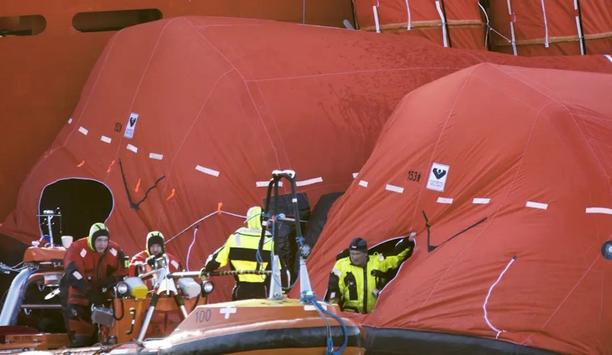The EU’s Emission Trading System, EU ETS, is a policy instrument for reducing greenhouse gas emissions. The system is based on the fact that companies that emit greenhouse gases must hold emission rights to cover their emissions. Emission rights are a limited resource that is sold on a market. Companies covered by the EU ETS must report their emissions to the authorities.
Emission rights are an important part of the EU’s climate policy and the system has contributed to reducing greenhouse gas emissions within the EU by around 40% since 2005. The EU ETS covers all member states, as well as Norway, Iceland and Liechtenstein. From 2024, the shipping industry is also covered.
Reducing greenhouse gas emissions
From 2027, there is a principle decision that ships with a gross tonnage under 5,000 gross tons will be covered by the EU ETS. Until 2027 vessels below 5000 brutto ton is excluded from the EU ETS.
Other industries that are also covered by emission rights are:
- Power production
- Industrial production
- Flight
- Cement production
- Iron and steel production
- Aluminum production
- Chemical industry
- Cogeneration










